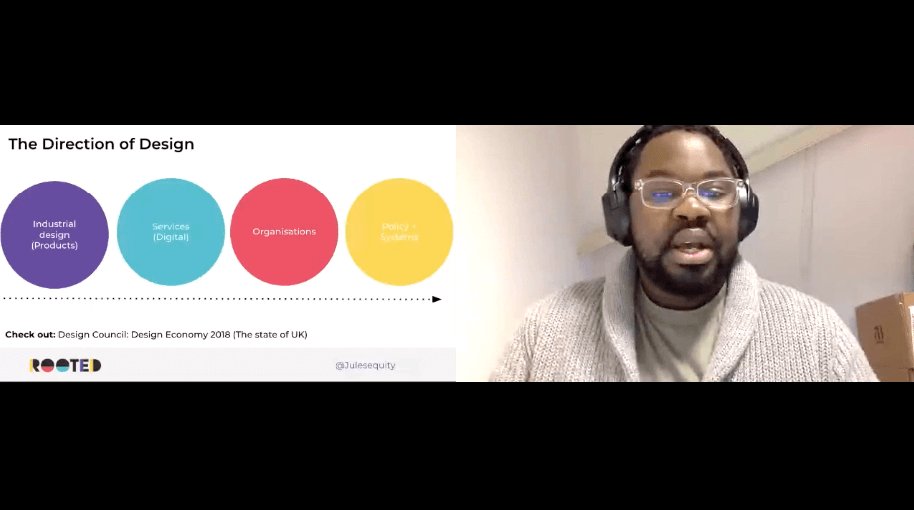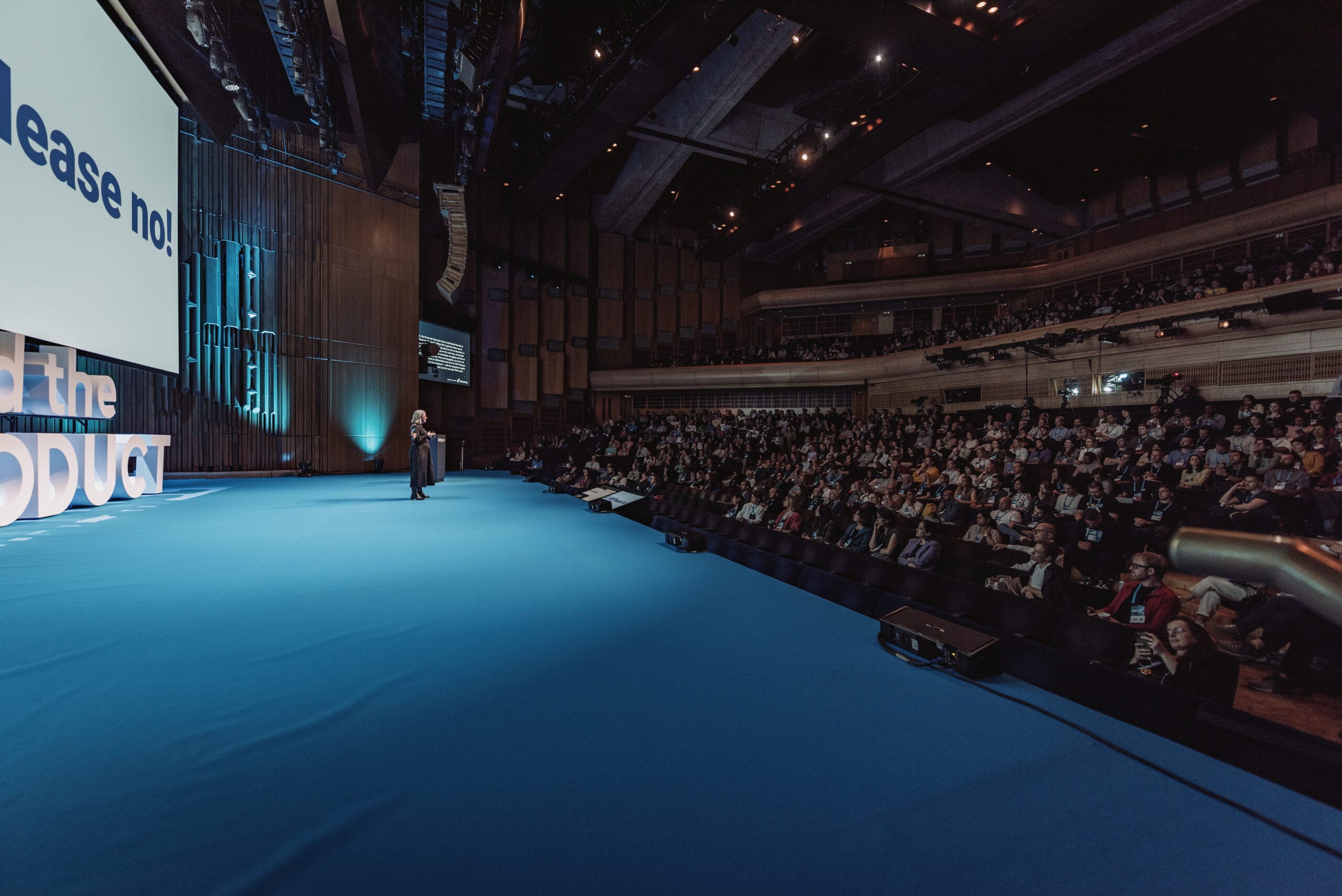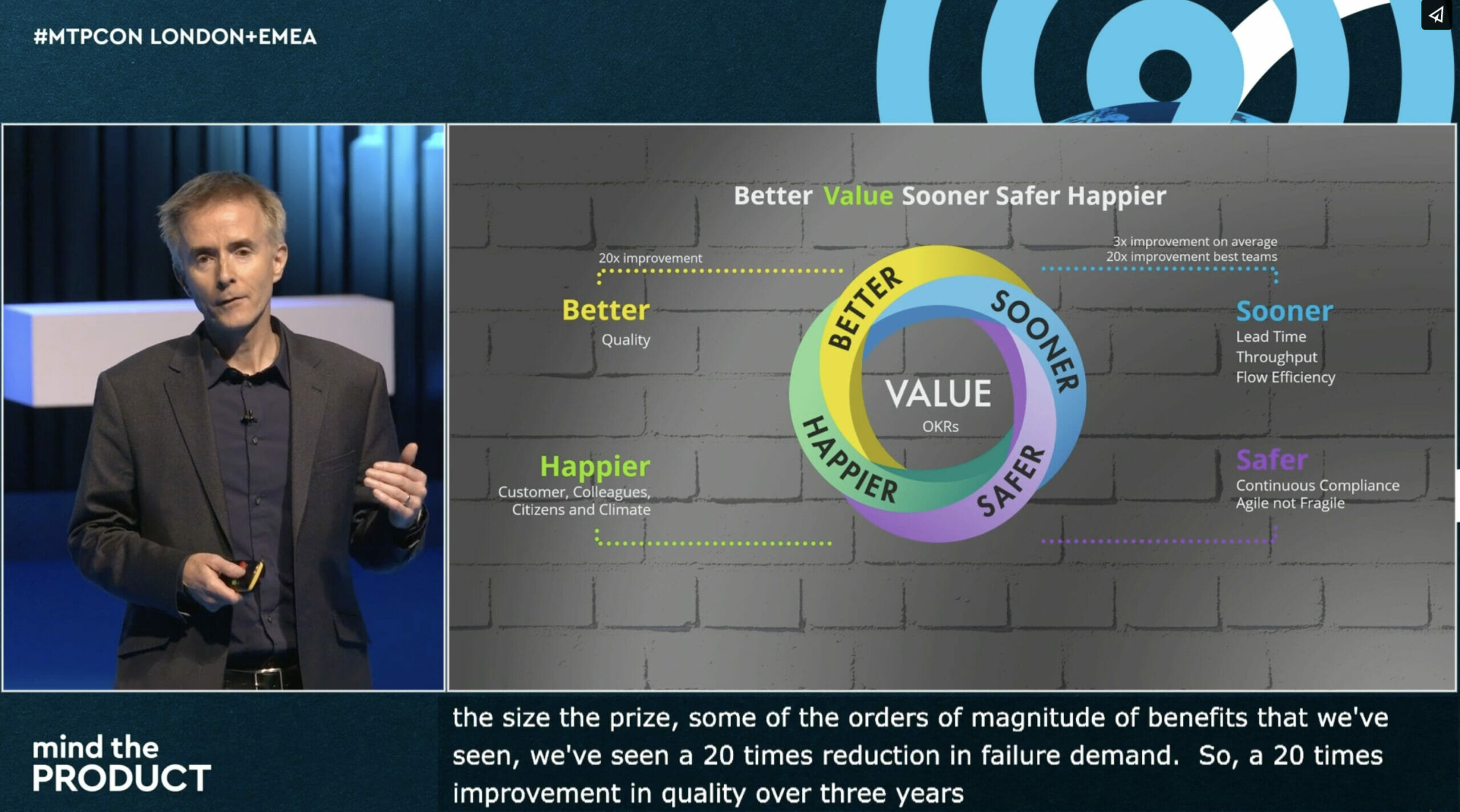Alec Patterson comes from a design and test engineering background, and spoke at ProductTank London about how Nissan goes from designing the initial concept for a new vehicle to actually putting it into production.
Setting the concept of the vehicle
To start with, the team will benchmark and assess competitor vehicles, assess the target market, expand on USPs, and then iterate with engineers on vehicle concept development. In the case of the Qashqai, they were attempted to develop a “crossover” vehicle, with a premium feel but a lower price-point
Developing a premium vehicle is relatively easy – just add more features. The challenge in a “crossover” is to identify what customers think makes a vehicle premium, and then finding ways to include those features at an affordable price. Alec walks through some great examples of how Nissan engineers have innovated around things like the the information display, luggage storage, & fuel economy (using digital modelling to work out how much weight to remove, and how to improve the aerodynamics of the vehicle)
Digital phase (Testing & CAD)
Once the executive team agree that a concept is ready to progress, two processes kick off. This work happens across a global team of specialists (both technical and design) , so the ability to store data and move it around fast is essential. To that end, Nissan have invested in bespoke software tools, specifically designed to speed up vehicle simulation and manufacture.
Styling
The styling team start to collaborate with the engineers, turning sketches into a set of clay models, which are occasionally digitised & sent to the engineering team to get technical feedback on the model. At the same time, the team use very high-resolution 3D models of the vehicle to faciliate collaborative meetings with colleagues anywhere in the world. With guidance from a Styling Director, the team converges on a single, agreed design.
Preparing for physical creation
As this is happening, the engineering team are preparing the CAD data for up to 5000 parts, which are checked for interference. That data goes to a test team, and then any issues that are discovered are resolved. This whole process takes roughly 20 weeks, and if there are outstanding issues at the end of it, the Chief Vehicle Engineer makes a call on whether to proceed or resolve, bearing in mind the trade-offs between Cost, Quality & Delivery.
Digital Testing
One way that Nissan has modernised is to use the 3D modelling data to simulate and test as much as possible – everything from aerodynamics to ergonomics, reflection angles and mechanical durability. Again, it all comes down to balancing a set of trade-offs.
Physical crash tests are now largely confirmation of digital tests. As much of the testing is done digitally to reduce costs and increase speed to market, so Nissan have invested in very accurate simulation software.
Physical Phase
The decision to progress to tooling and physical manufacture happens at the C-suite, because this is the point at which significant resources are being committed. Part specs are released to suppliers, and the incoming components tested and initially assembled in a “vehicle confirmation build” to confirm the data from the digital testing.
Once the team have a physical vehicle, then can perform physical tests using (for example) climatic chambers, simulated road loads, and testing the Electrical Integrated Platforms of the vehicle, rather than just individual parts. The engineering team stays involved during this finalising and scaling process to ensure that quality issues don’t crop up, or are resolved if they do.
While this is all going on, the marketing team are coming on board to start developing collateral, messaging, and press interest – working in parallel is critical to keep the time to market as competitive as possible.
Bringing it all together
Nissan’s development process uses the acronym V3P:
- Value-Up Innovation of
- Product
- Process
- Program
In this case, that means bringing a huge amount of the physical testing forward into digital testing. There’s now very little that Nissan engineers can’t simulate and test digitally. If there are only four things you take away from this video, it should probably be:
- Continuously improve your process and your tools
- Test integrated systems, not just isolated sub-systems
- Do as much testing as possible as early as possible
- Work in parallel – simultaneous development and testing processes are essential







Comments 0